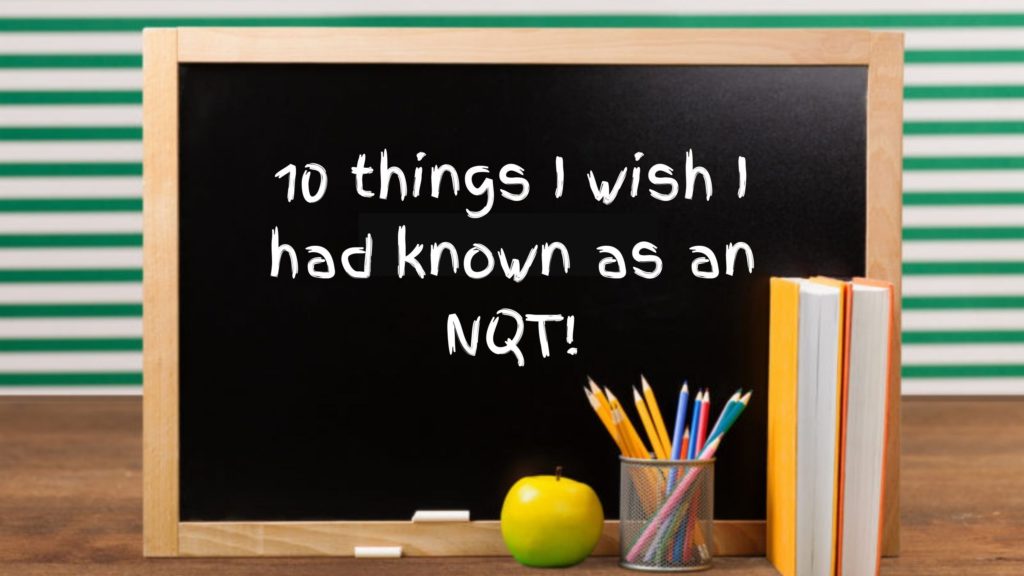How to effectively use assessment in and out of the classroom

Assessment. Formative, summative, and diagnostic are just a few forms of assessment you use in and out of your classroom. But how do you know you are making “accurate and productive use of assessment” (as outlined by teaching standard 6).
We assess to use relevant data to monitor pupils’ progress, set targets, and inform our planning, but on a greater level, assessment provides feedback that allows the teacher to monitor their impact in the classroom. Here are a few tips to maximise the purpose of your assessment.
Avoid assessing for assessment’s sake
When you are training to become a teacher, you’re encouraged to use whole-class assessment as often as possible. This can be distracting and stray you away from the main lesson objective, so be selective with the methods you choose and how often you use them. E.g. When using the thumbs-up, thumbs-down method to measure pupil confidence, do it at the start and end of the lesson to monitor their progress, not after every task.
Use whiteboards as often as possible
Not only do they ensure whole-class participation, they give the teacher accurate feedback of their understanding within the lesson. The teacher is able to elicit evidence of student learning and adjust the lesson accordingly. Without this form of live assessment, it is easy for pupils to fall behind, and challenging for teachers to fill in the gaps later on.

Use peer-assessment
Often, peer-assessment is squeezed into the last few minutes of the lesson or ignored, but actually it is a very useful tool to monitor progress. Allowing pupils to assess each other’s work is useful for them to recognise their own errors, and to improve them without the teacher. Just remember to teach pupils how to peer-assess correctly and display some success criteria to guide them throughout the process.
Use your data wisely
Whether it’s verbal or written feedback, make sure it happens. It is natural to feel the need to move on to new content and skills, but always allow time in your teaching cycle to give feedback and allow pupils to respond to their feedback. To save time, create marking tick sheets with common objectives or targets and asks pupils to show evidence of their improvements. This will reduce your marking time and demonstrate evidence of their progress.
Teaching without assessment would be like teaching without a purpose. Use assessment methods that work for your class and provide you accurate feedback of their progress.
If in doubt, ask yourself – what is being learned? How will the pupils progress? What is next? With this in mind, you will always have in impact in the classroom.








Responses